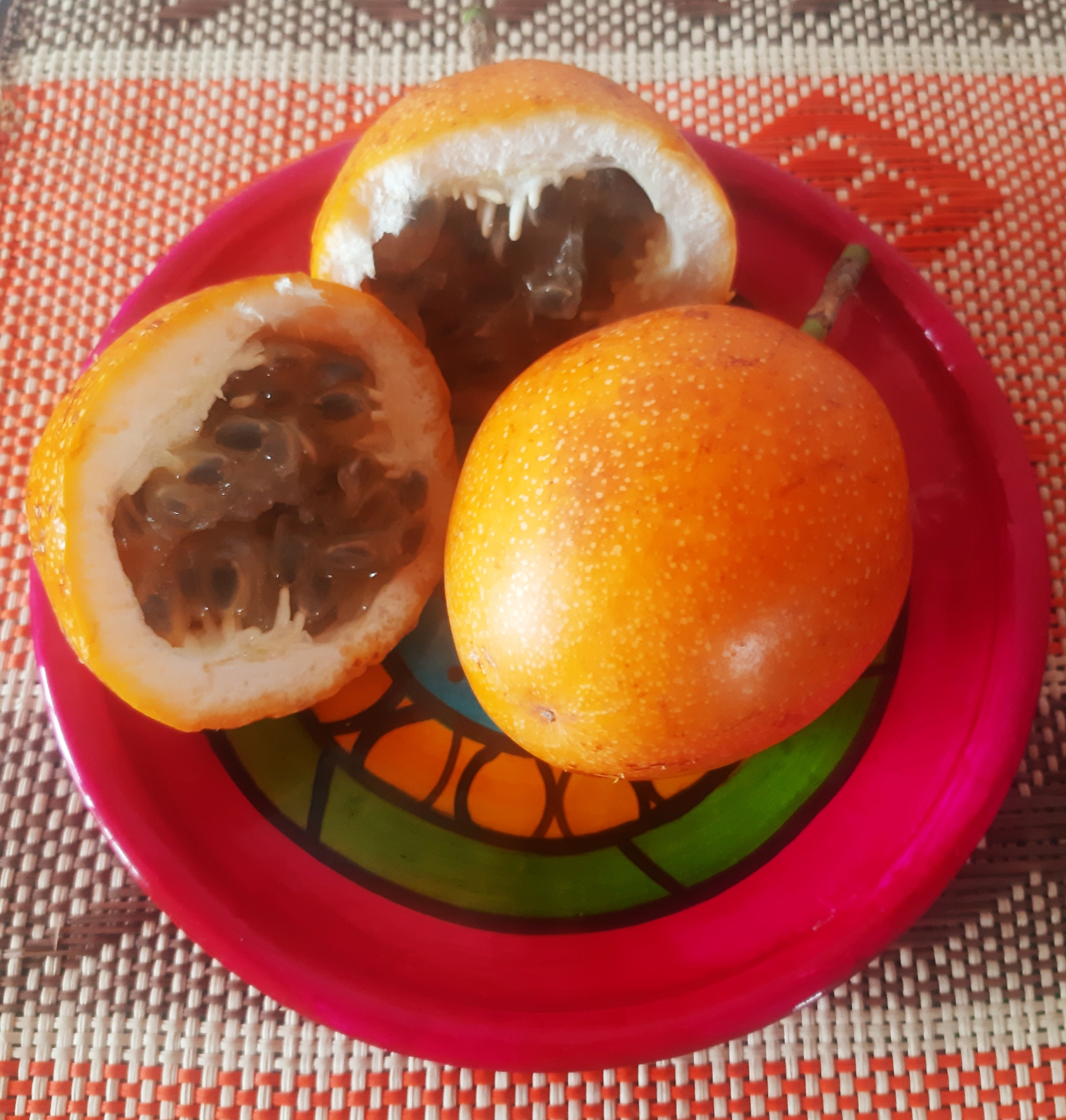
Costa Rican tropical fruits
A tropical country with a rich volcanic soil and almost all possible climates thanks to these mountain ranges rising to more than 3000 meters above sea level, Costa Rica is a paradise of biodiversity as we know, but also in terms of fruits!
Ripe or green, in juice, to eat in pieces or in ice cream, there is something for everyone! Beyond the classics that we all know and love (citrus fruits, mango, papaya, guava, pineapple…), many little-known fruits can be tasted throughout your trip to Costa Rica…
Maracuya / gulupa: these two cousins from America have the same name in French, passion fruit, which is aptly named as it is bewitching. This fruit is very famous here and throughout Latin America, the ‘gulupa’ (small and dark in color) being smoother and less acidic than the ‘maracuya’ (bigger and yellow in color)
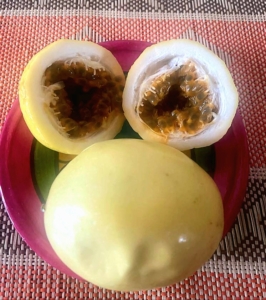
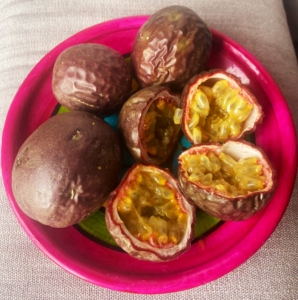
Guanabana: the soursop, in French, is an American fruit which is praised for very beneficial anti-carcinogenic properties. In any case, it is a delicious and consistent fruit that can be enjoyed in juice (recommended with milk), yogurt or ice cream!
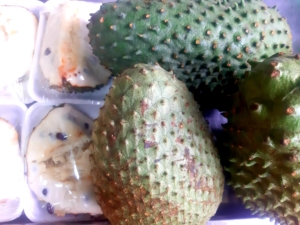
Zapotes: put in the plural, the Zapotes grouping together the different species generally known are different names. Known for millennia from Mexico to Colombia, they are succulent, very sweet and slightly fibrous fruits. Black, yellow, white, brown the colors and flavors change according to the species and the most popular in Costa Rica is surely the Mamey, orange-red zapote.

Cas: this fruit of the guava family, whose tree is called Goyavier du Costa Rica in French. The ‘ticos’ love it and consume it in juice or in the form of ice cream. The coronille offers a taste obviously close to the guava, but with touches of passion fruit…we understand why the ‘refresco de cas’ is so popular in the hot climates of Costa Rica

Mamon Chino (rambután): this cousin of the lychee, also native to Asia, is very popular in Costa Rica and it is not uncommon to see street vendors offering these pretty fruits with red fibers and delicate flesh. In addition, the rambutan tree is used to provide shade for cocoa trees and promotes the production of honey by surrounding bees.

Pitaya: the dragon fruit, its name in French, is reminiscent of Asian origins. But the pitaya is indeed native to America. Red or yellow in color with a white or red seed-filled pulp. This fruit is known to facilitate transit and the creation of red blood cells.

Granadilla: from the same family as the passion fruit, it is also a fruit from a climbing plant. But unlike its cousin, it is a cold climate fruit grown in highlands with mild temperatures. Called pomegranate in French, it is easy to consume and delicious with its gray seeds stuck in a sweet and sour gelatinous pulp. One of our travellers’ favourites!
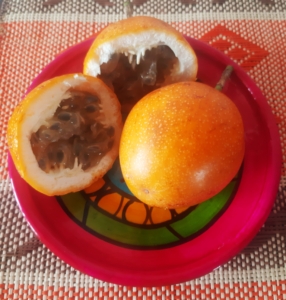
Carambolo: Native to South Asia, the carambola has traveled the world via Costa Rica, mainly due to its aesthetics and its star shape which makes it a perfect decorative object for dishes and dishes. cocktails. But in juice it is a real delight, a unique sweet and light taste!

Uchuva: the Peruvian cockroach, as its name suggests, is a rather Andean fruit. But for a long time the fruit has also been consumed in Costa Rica, where its sweet and sour taste is appreciated, which goes wonderfully with desserts but also as decoration with or without its pretty pod. A small, robust plant, it is grown in the highlands of the country.
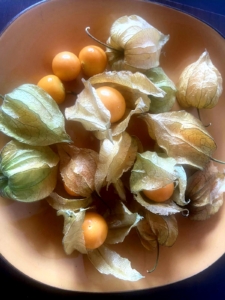
Mangostino: Native to Southeast Asia (Indonesia, Philippines) in hot and humid tropical climates, it has adapted perfectly to the heat of the lowlands of Central and South America. The mangosteen is a fruit which abounds (more than 1000 per tree and per harvest!) and which offers refined flesh, we understand its success!

